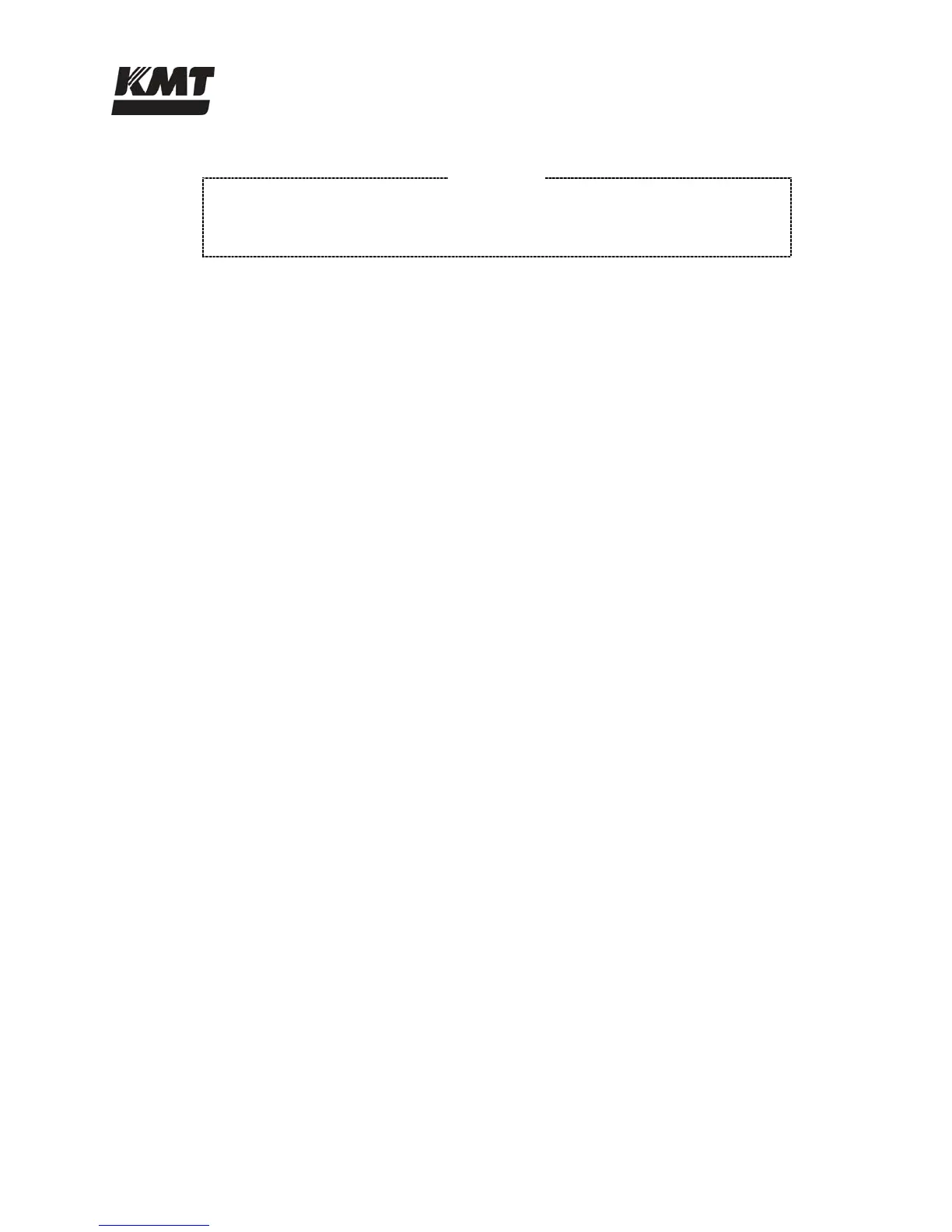Section 8
High Pressure Water System
20425618
5-2005/Rev 0
8-13
NOTE
If galling occurs during threading, remove the high pressure cylinder assembly and
inspect the mating surfaces and threads. Repair surfaces, thoroughly clean,
lubricate and thread the cylinder assembly into the hydraulic cylinder head.
4. Connect the high and low pressure water piping, following the procedure, High and Low
Pressure Water Piping.
5. Start the machine in low pressure mode to flush air from the high pressure components
and to check for obvious leaks. After 5-10 strokes, switch to high pressure operation and
check for leaks.
If leaks are detected, turn the machine off and remedy the problem. When the problem
has been remedied, repeat the startup procedure, moving from low to high pressure soon
after the intensifier starts pumping water. There is no further need to flush air from the
system.
High Pressure Cylinder Maintenance
The plunger seal area in the high pressure cylinder bore should be inspected and cleaned each
time the high pressure seal assembly is replaced.
1. Clean the sealing area on the inside diameter of the high pressure cylinder and inspect the
bore for rings, scratches, pits, residue or other potential leak paths.
Seal material or residue can build up, forming a ring. Running a fingernail across the
buildup will cause it to appear as a surface flaw. Grooves or ridges are typically seal
debris buildup rather than marks on the inside diameter wall of the cylinder.
2. Polish the inside diameter of the cylinder where the seal will locate with 600-grit wet/dry
sandpaper. Hold the sandpaper on the end of your finger and move in a cylindrical wiping
motion. Polish in a circumferential motion only. Do not polish or drag the sandpaper
along the length of the cylinder.
3. Clean the residue from the inside diameter of the cylinder and re-inspect for surface
defects.
